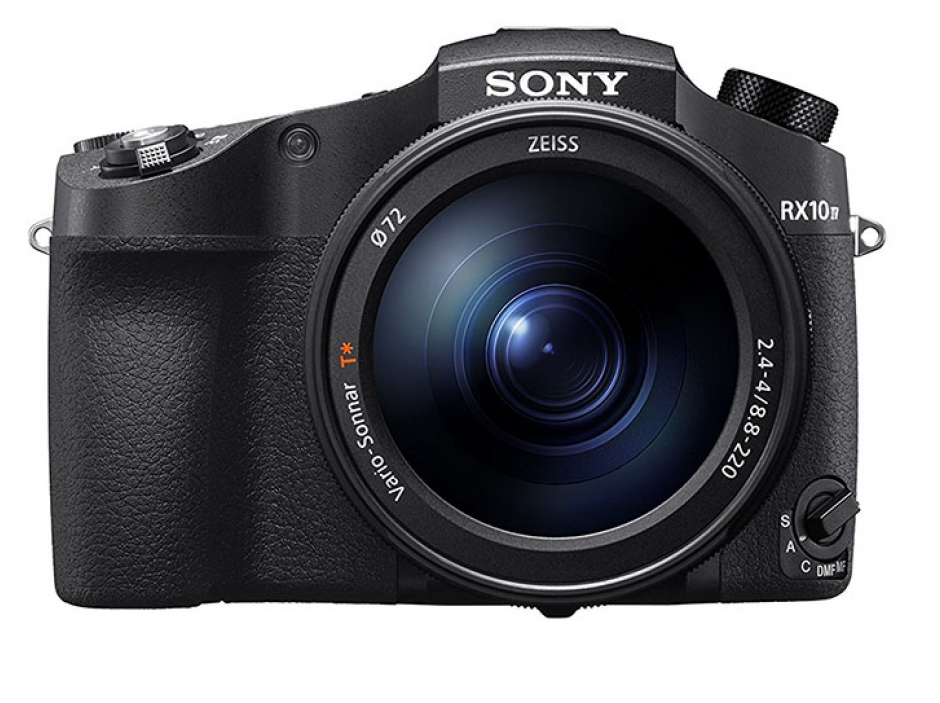If it has been a while since you've gone shopping for a camera you may find the overwhelming number of models incredibly overwhelming. Before selecting a camera, or even a type of camera, I'd urge you to consider and prioritize the factors below. I'd recommend doing this well in advance of heading to a camera store. It could make you a more informed consumer and help protect you from buyer's remorse.
- Image quality
- Reach (as in "how much of a zoom")
- Size
- Weight
- Price
- Do I need a viewfinder or will a screen do?
- Where will most of the pictures be viewed...print or screen. If print...how big...as this is where the megapixel count comes into play?
- Speed (as in "how much indoor/low-light photography")
- How important is video to you
- Automation - how much control do you want over the images.
- Subject matter - This is related to "speed". If you're taking pictures of sports events, running dogs, playing kids, you will be happier with a camera that has the fastest focus system (as well as the speediest lens), as well as the ability to take a "burst" or "flurry" of pictures with a single press of the button. Otherwise you might miss the shot you want while your camera is trying to "lock-on".
- How much time am I willing to put into learning?
If you've purchased a smartphone in the past couple of years chances are you're probably starting with a pretty decent "camera" in your pocket, one that probably takes decent stills and videos in a tiny form factor. You probably want a camera that can do "more". But, before we move beyond the smartphone, there are a couple of accessories you might consider. There are some high quality lenses that you can snap onto cell phones to give it more "reach" or an even wider perspective. For example: Moment Lenses are respected. There are also motorized gimbals that can give you buttery smooth movies.
The next big step up are compact cameras. They are a bit bigger but still relatively light, you don't have to worry about changing lenses, they may have higher rez images of a better quality,and use a lot of automation to help you get a good picture. However, they don't have much of a zoom, probably won't work as well as you'd like in low light or high speed situations, and can't match the image quality of a DSLR or Mirrorless system with removable lenses.
An alternative (that can go from not much bigger than what you're looking at, all the way up to pretty darn big/heavy) are super-zooms. This is what my spouse and my folks use. Because the lenses typically go from very wide to very long you have a lot of versatility. The downside is that these tend to be slower lenses than the one's you'd find on high end DSLR cameras and the sensor is smaller. This means less good performance in low light or high speed situations. Still the price, weight, and size of these cameras make them a great choice for travel.
Image quality tends to be good, though not usually as good as in a DSLR or high end mirrorless, interchangeable lens camera.
As a result you'll usually get the best images with the SuperZooms if you shoot somewhere in the middle of the camera's range. At extreme distance you're going to have blur unless you're using a tripod. My mom's pictures on a trip to Africa were illustrative of the compromise of the SuperZooms. She was able to get incredibly close-up shots of the animals from a safe distance, so long as the animals weren't moving too fast, or hiding in the shadows. Lumix and Nikon have interesting choices in the SuperZoom category.
Next are cameras that are almost as big as a DSLR, but with a fixed lens. At this point you're talking about a camera with a bigger learning curve. They get up there in price, but have bigger sensors, better focus systems, and higher resolution. The Sony RX10iv is the leader here. Though its zoom is less high than the models above, its quality is much higher. There is a good video review of it here. However, given the price, size, and weight, you have to consider at this point if you really want a higher end camera.
I'm not going higher here...but of course the sky is the limit as we begin to examine DSLR and Mirrorless models with removable lenses. We'll cover those in a separate article.


